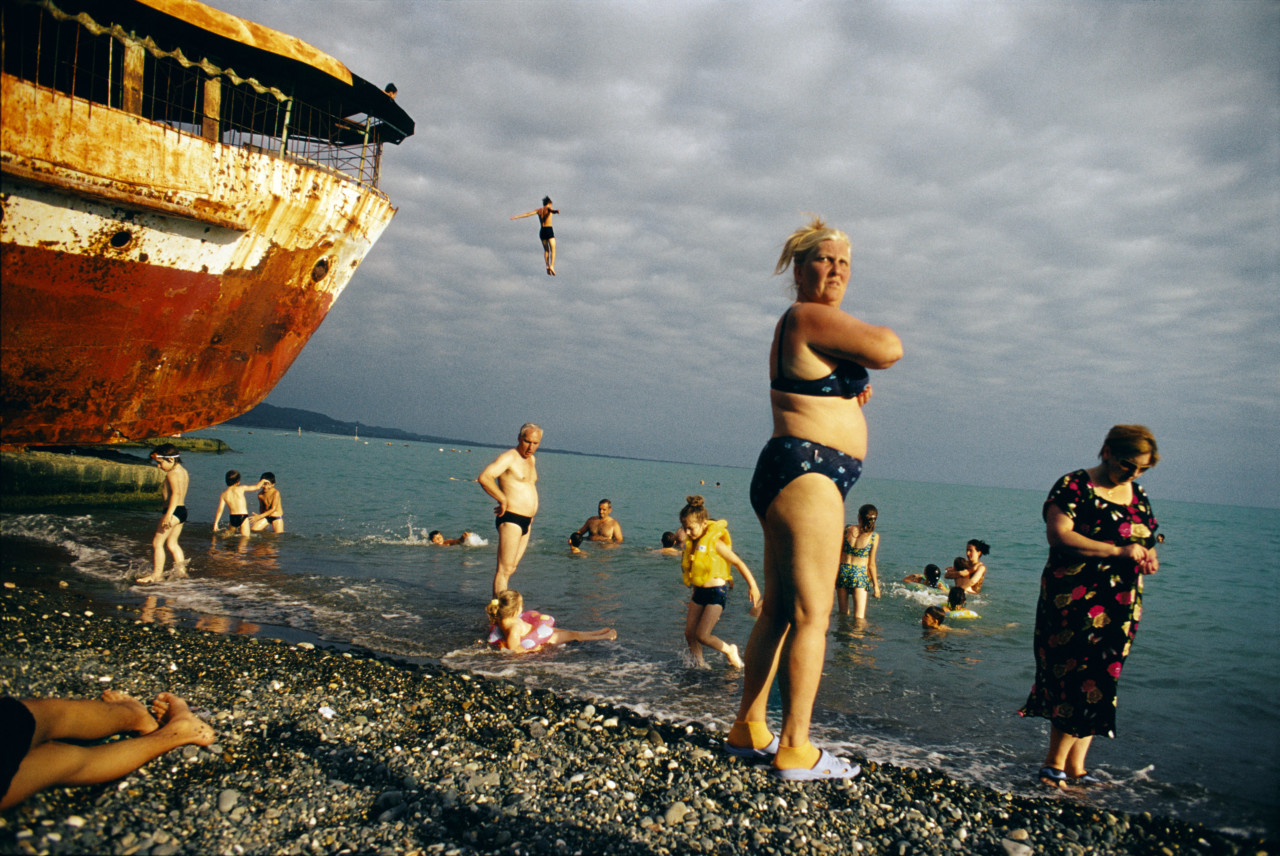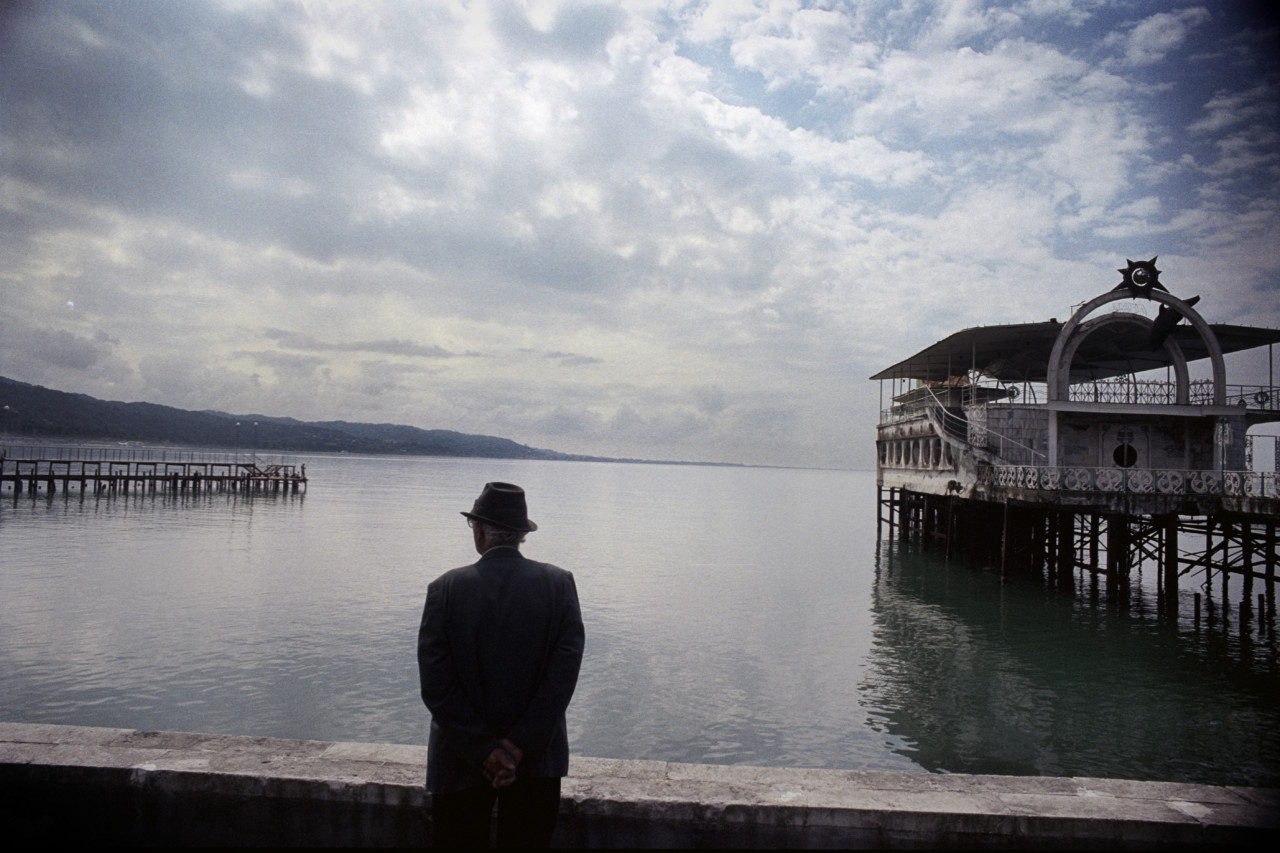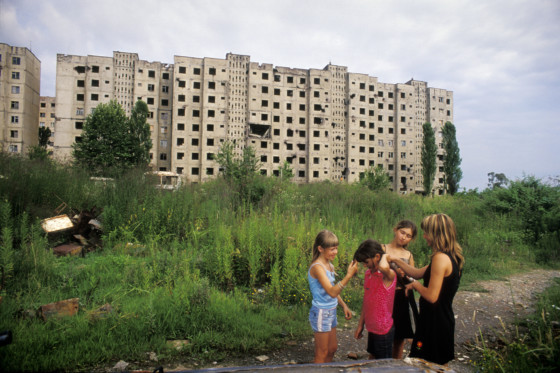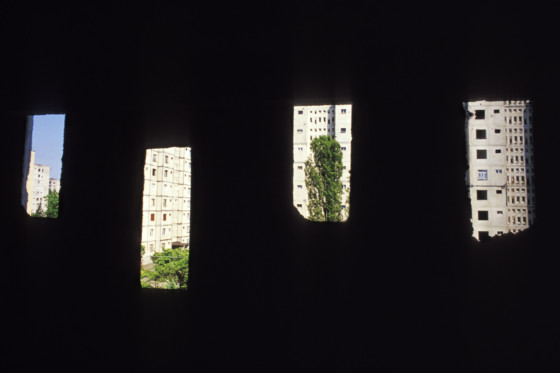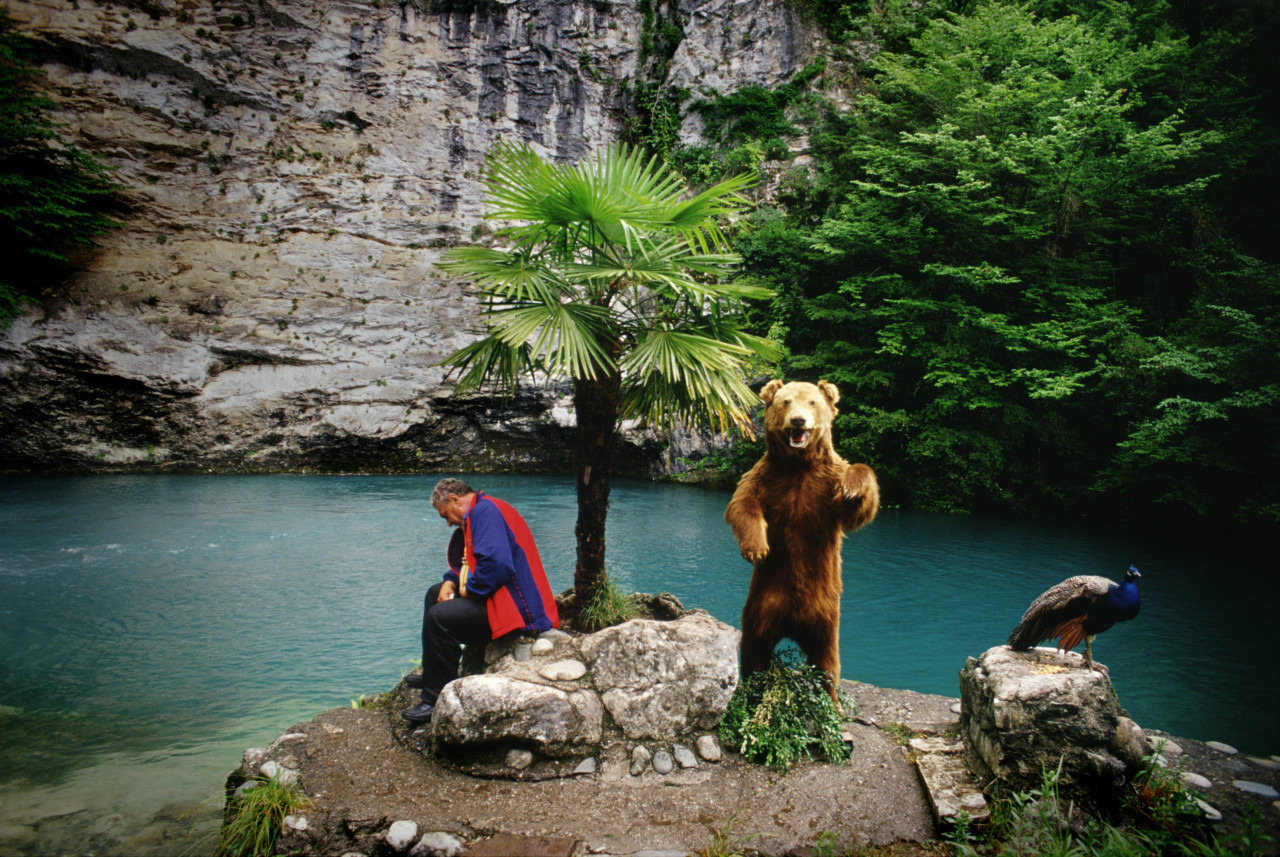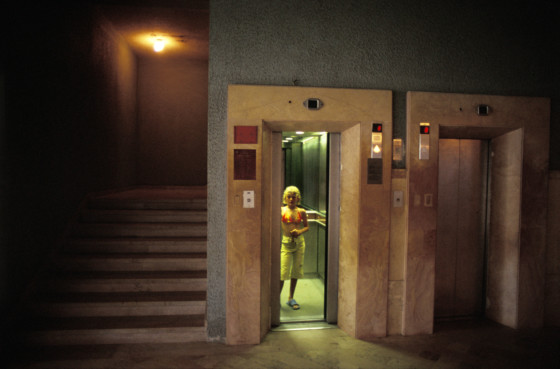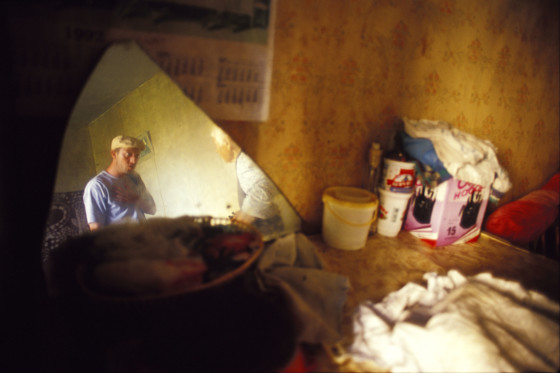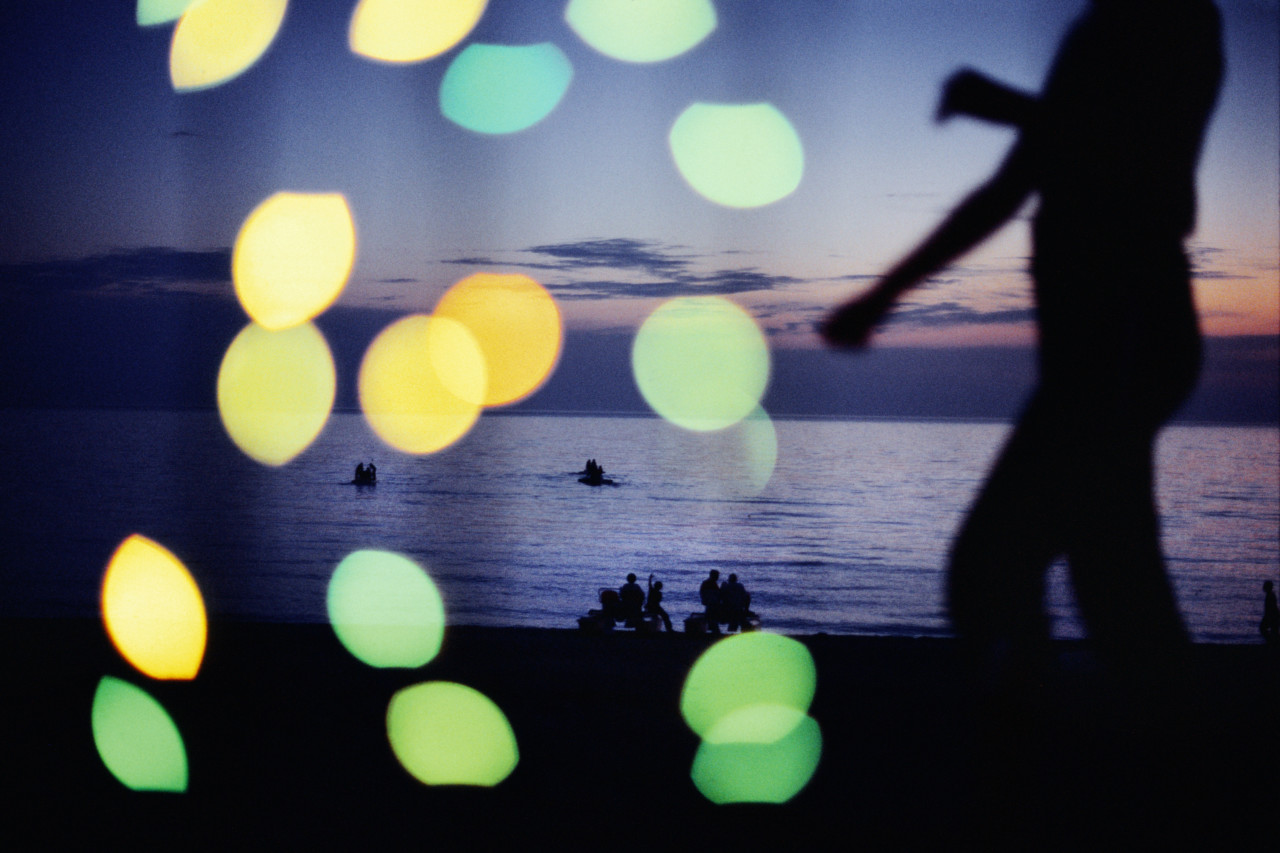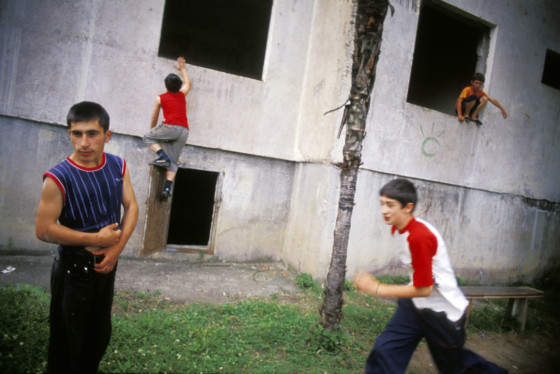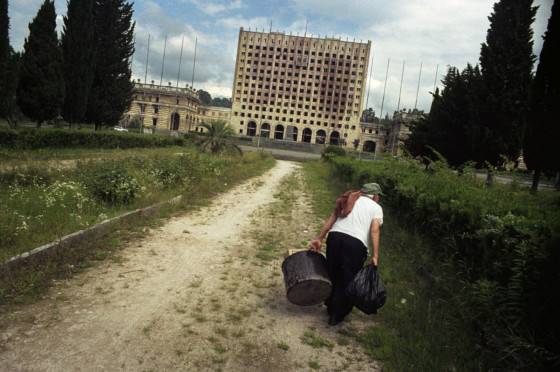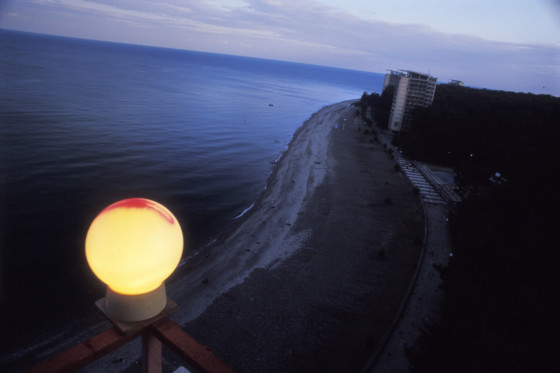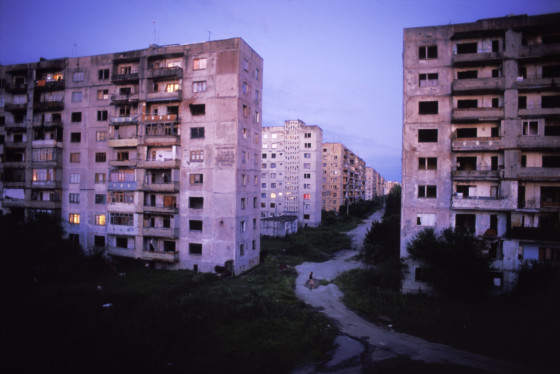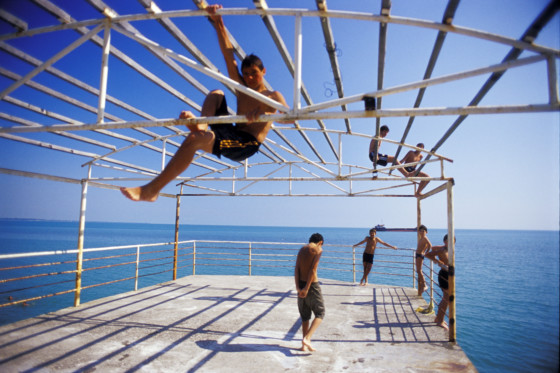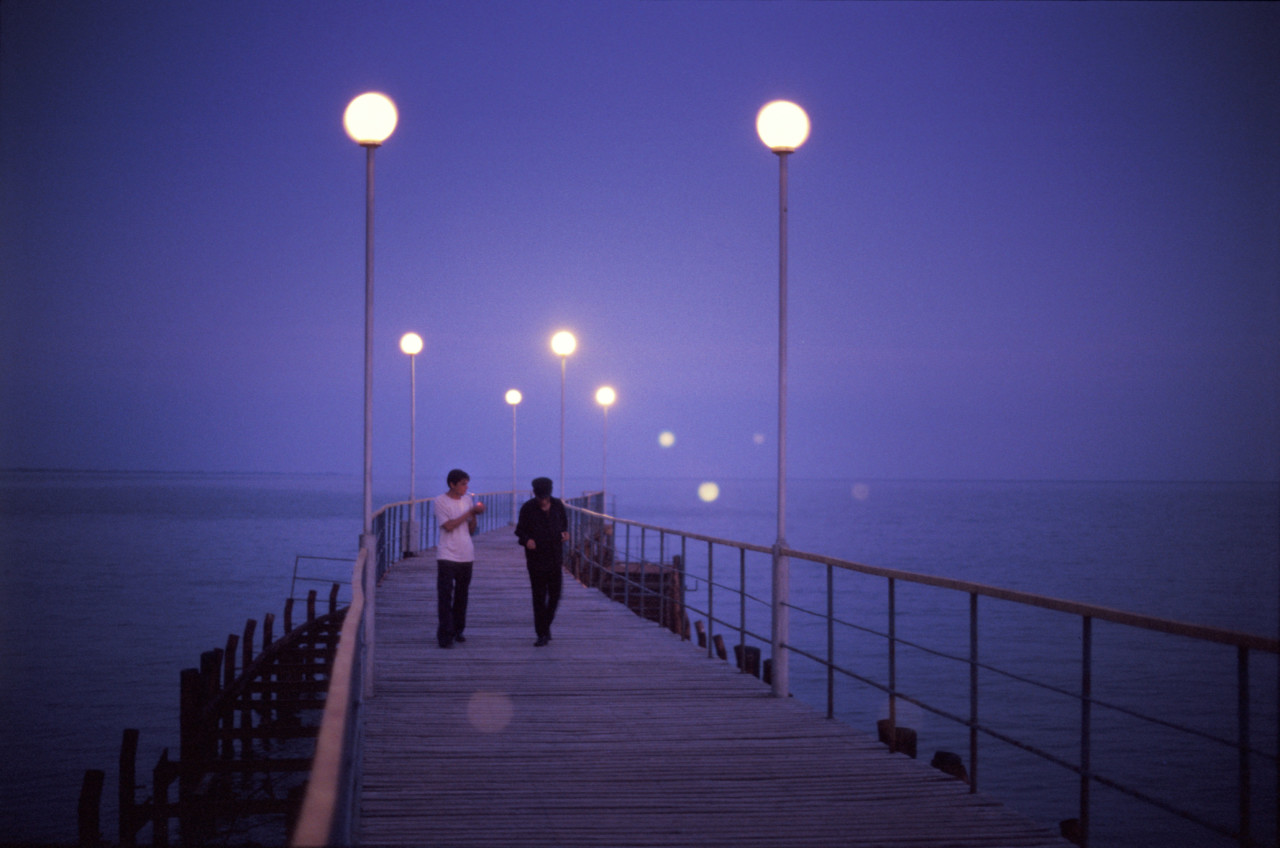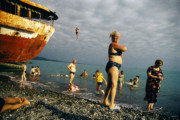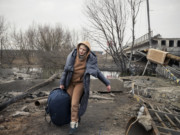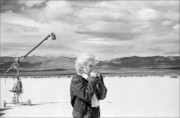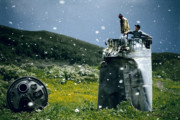Abkhazia: A Vacation in a Non-Existent Country
Jonas Bendiksen’s photographic exploration of the one-time top holiday destination for the Soviet elite
Taken 12 years after the war that displaced tens of thousands and made it a de facto independent state, Jonas Bendiksen’s 2005 series shows Abkhazia through the eyes of both the locals and a new wave of snap-happy tourists. It features photographs that look like they could have been taken years apart: images of bombed out apartment blocks without running water and scant electricity next to grand seaside hotels where visitors — dressed head-to-toe in holiday attire — are just checking in.
The self-declared nation of Abkhazia is little known and still considered by most United Nations member states to be a part of Georgia. After a war of secession with Georgia between 1992-93, the territory declared independence in 1999. When Bendiksen visited, it was unrecognized internationally, except by fellow breakaway states. His series offered a window into a war-torn corner of the Caucasus struggling with tragedy and isolation.
Between the deep scars of civil war left on its people and buildings, the photographer saw the natural beauty which had made Abkhazia a popular holiday destination during the Soviet era. He stayed in hotels and sanatoriums once popular with the Communist Party elite.
The Soviet tourist infrastructure, which collapsed with the fall of the Iron Curtain, gained a new clientele in the early 2000s: Russian tourists seeking to relive the seaside-holidays of their childhood. To this day, the Amra sanatorium, which hosted Stalin and Krushchev in its heyday, greets newcomers with a giant statue of Lenin which looms over the reception. “It was really a throwback to what it was like to be on holiday in Brezhnev-era Soviet Union,” is how Bendiksen describes it. “It was like time travel, with everyone still gathering in one big dining hall. Even when I was there, people were partying and there was debauchery all around.” One of the more absurd examples of this nostalgia-tourism can be found in his photo of a man dressed in a “USSR” tracksuit.
"I was drawn to the ambiguity of life in a place not marked on a map"
- Jonas Bendiksen
This photo story, entitled A Vacation In A Non-Existent Country, was shot in Abkhazia over the summer of 2005. Bendiksen travelled there neither as a correspondent nor as a holiday-goer. Before he arrived in Abkhazia, he had spent two years living in Russia. He says it was an unknown family link that brought him from his native Norway to the former Soviet region. He recalls: “Just as the USSR was collapsing, my mother [born in New York to Jewish immigrants] got a letter from a relative in the Soviet Union we didn’t know existed.” For Bendiksen, the breakup of the Soviet Union became inextricably linked to a familial reconciliation. The USSR was no longer the “monstrously big country across the border” and he had wondered what life there looked like. “Suddenly, from inhabiting sleepy suburbia in America and Norway, a middle class narrative I knew so well, our family story was thrust into the final endgames of the Cold War.”
He travelled first to Siberia in 2000, then settled in Moscow. Rather than set out to build a complete picture of the ruptured post-Soviet territory, what he was looking for during his travels were unfinished stories — “moments that make you wonder how it ends”.
Even while living in Russia, his fascination was still guided by the desire to know what life was like across its borders. This sparked an interest in liminal states like Abkhazia, Transnistria, and Nagorno-Karabakh and the “frozen conflicts” left unresolved after the fall of the USSR. “I was drawn to the ambiguity of life in a place not marked on a map,” he reveals.
His journey across those three separatist republics formed his first photo book, Satellites (published by Aperture in 2006). A Vacation In A Non-Existent Country, which features as part of the book, explores the freedoms of movement in a place that is slowly gaining traction among travellers while locals struggle to emigrate. A Vacation In A Non-Existent Country is really two stories running in parallel to one another: one focused on the lives of the locals, the other on the visitors.
"The stupendous beauty of the place is enough reason for there to be tourism there."
- Jonas Bendiksen
Of all the chapters in Satellites, this story feels the most personal, reflecting the Norwegian photographer’s own curious relationship with the region. “Of the unrecognized countries that I visited, Abkhazia felt like one with the most potential. The stupendous beauty of the place is enough reason for there to be tourism there,” he says, still bewildered.
Russia was the first to recognize Abkhazia in 2008, with Syria, Nicaragua, Venezuela, Nauru following suit. Yet the ethnic dispute between Georgians and the Abkhaz people remains unresolved. Tourism is slowly picking up in Sukhumi and Gagra in particular, and north along the Black Sea coast to the border with Russia. But nowhere is it comparable to the developments across the border in Sochi, which hosted the 2014 Winter Olympics. There was hope the Olympics would bring tourism and recognition to Abkhazia. It delivered neither and the inland areas of Abkhazia continue in poverty, relying on Russia for life support.
There has historically been a tendency for Western photographers to present post-Soviet republics as somehow being stuck in time since the fall. One example of this is the boom in ruin photography coming out of Russia and Eastern Europe. In an article for The Calvert Journal in 2014, Jamie Rann criticised the nostalgic gaze of photographers like Rebecca Lithfield and Nadav Kander’s for fetishising the “architectural corpses of Communism”. Abkhazia is also presented as being both “abandoned”, as in the work of Sergey Kostromin and “absurd”, referred so by Petr Barabakaa. What this kind of language doesn’t take into account is perspective. In Bendiksen’s A Vacation in a Non-Existent Country you experience this time-warp from two different points of view.
He recalls coming across a historical photo dating back to the 70s taken at a pit stop for tour buses that looked identical to one he took in the exact same location years later. His own photo shows a man making money by photographing tourists in front of a stuffed bear. “He would take a picture with your own camera and then charge you 10 rubles for it,” he laughs, remembering the scene. “It turns out even back in the 70s there was a man standing there taking photos of tourists posing with the stuffed bear. I think it was a different bear but for some reason that spot has not changed its function.” While locals are stuck in a longstanding frozen conflict, for tourists the sense of disrupted time brings a source of comfort.
"The place has a unique character and a lushness that is impossible to ignore."
- Jonas Bendiksen
Still, even back in 2005, stagnant is not how the photographer would have described Abkhazia. “At least in those days, everywhere you went in the post-Soviet region, buildings were identical, villages were identical, so was the landscape around them. Time felt like it had stopped after the break up. But Abkhazia would always stand out, no matter how grey some of the urban areas were, no matter how uniform, the nature there is so spectacular. You can drive from the alpine mountains straight to the beach. The place has a unique character and a lushness that is impossible to ignore.” In contrast to the vacant buildings still found in Sukhumi, it’s nature here which is the real measure of time passing. Unspoiled by developments and mass tourism, it’s also nature which gets to thrive with remarkable ease.
Explore more stories on how society holidays on Magnum here.


